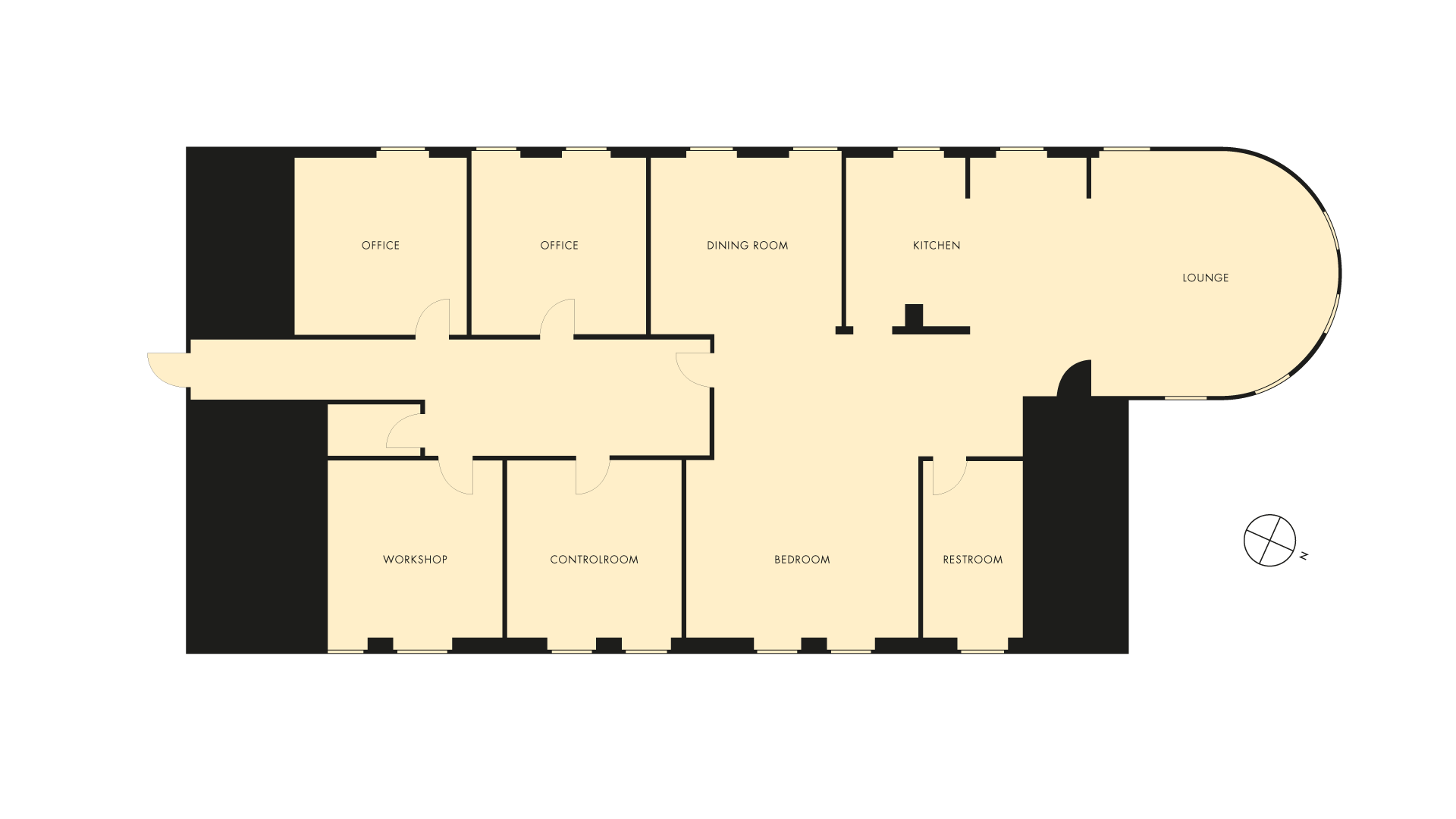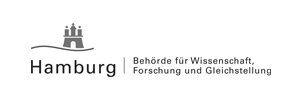“Die Urform allen Wohnens ist das Dasein nicht im Haus,
sondern im Gehäuse. Dieses trägt den Abdruck seines Bewohners”
Walter Benjamin, Passagenwerk
Welcome to the LIVING PLACE lab!
LIVING PLACE 2020 is no longer just a smart home, increasing comfort and safety through digital infrastructure, but a hub to investigate the associated changes in life style and subjectivity.
How are we to understand a home environment as an „imprint“ of its inhabitants in the digital age?
What does it mean for inhabitants when their home environment is shaped not just by themselves but by smart, augmented objects, be they mirrors, plants or cups? What happens when their home actively traces their behavior and interaction, communicates it back to them, and even offers recommendations for future behavior? What consequences can we expect when the home environment communicates autonomously with smart artifacts such as wearables, including watches or clothes? In the LIVING PLACE 2020, we observe and investigate the changing sense of self-perception as it develops in constant negotiation and tension between inhabitants, their personal artifacts and their home environment.
Established in 2009, the LIVING PLACE lab is a 140 m2 loft style apartment consisting of one large room with sections for cooking, dining, sleeping, and working, and an additional separate bathroom. That way the LIVING PLACE lab provides a realistic context to investigate ubiquitous computing systems. These systems focus on human-computer interaction exploring how individuals respond to novel interfaces, and discussing contemporary concerns, such as quantified self, environmental monitoring, and value sensitive technologies. For that purpose, the lab is situated at the intersection of computer science, digital sociology, media art, and interaction design.
The LIVING PLACE lab is a complete, functional apartment, suitable for experiments in real-life conditions. We use qualitative and quantitative research design, emphasizing ethnography, participatory observation, questionnaires, group discussions and selected interviews. User studies can last from hours to several days and are documented and supervised from an adjoining control room.








